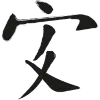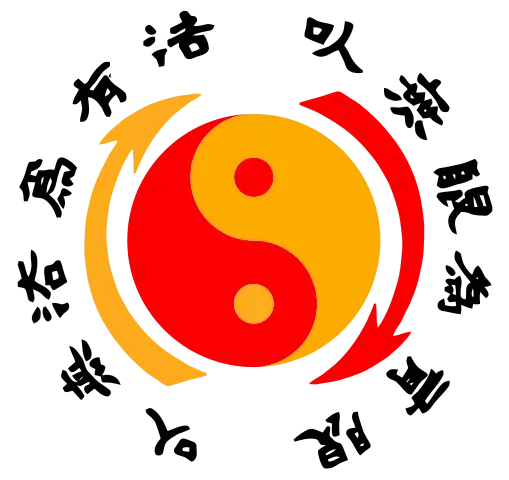A practical, self-defence focused martial art founded by the great Bruce Lee. In his own words, Lee referred to his Martial Art as “non-classical” or “formless”. Unlike traditional Martial Arts, Jeet Kune Do is not taught from any codified knowledge or fixed pattern. Jeet Kune Do rather emphasises expression through movement. It is built upon a philosophy that the individual, and his or her expression thereof, is more important than any fighting system itself.

Disclosure: Some of the links below are affiliate links and at no additional cost to you, I’ll earn a commission. Know that I only recommend products and services I’ve personally used and stand behind. When you use one of my affiliate links, the company compensates me, which helps me run this blog and keep my Martial Arts content free of charge for my readers (like you).
Brief History
Bruce Lee was an excellent practitioner of Wing Chun, training under Martial Arts master Ip Man in Hong Kong. He subsequently moved to Seattle and began teaching Wing Chun to whoever was willing to learn. According to many biographies and interviews, teaching the Chinese Martial Arts to foreigners was not excepted by the Chinese Community who challenged Lee to a fight where he was to cease teaching if he was defeated. Lee accepted the challenge, and according to witnesses, he won emphatically.
Bruce, being the perfectionist that he was, was not happy with his performance and realised that his Wing Chun practice had not prepared him sufficiently for an altercation. It was then that he set to work, researching as many Martial Arts as he could, incorporating the strengths of each and discarding the weaknesses. This culminated in the creation of Jeet Kune Do.

"Using no way as way, Having no limitation as limitation"
The Martial Art in Practice
The Martial Art is built on the pillars of individualism, strength and speed. Jeet Kune Do is literally translated into the The Way of the Intercepting Fist and in practice this means that one must attack at the very instant an opponent initiates an attack. This concept is also present in the art of Karate-Do and is called Sen No Sen.
A great deal of emphasis is placed on strength, speed, conditioning and preparing the body for a self-defence situation. The fighting system is a versatile one, encouraging practitioners to strike, grapple and throw opponents.
Concepts
- Interception - attacking at the instant that an opponent initiates an attack.
- “Alive” Footwork - flowing footwork similar to that of Boxing that masks telegraphing movements when attacking.
- Organic fighting - adaptability: "when the opponent expands, you contract. When the opponent contracts, you expand"
- Simple and Direct - accomplishing the task at hand in the most efficient and direct manner possible
- Freedom - the notion that the Martial Art is more about the individual and less about its style. The individual should be able to express themselves through their Martial Art. This expression should be unique to each individual.
Travel for Martial Arts
Is there any way we can improve upon the details of this martial art? Please Contact Us to let us know
More on Martial Arts

Ninjutsu
Saturday, 04 December 2021 10:41Ninjutsu, also known as Ninpō, Shinobi-jutsu, is a holistic discipline that is centred around the practice of guerrilla warfare and espionage. Ninjutsu practitioners or Shinobi utilise a diverse...

5 Essentials for Building a Solid Physical Foundation for Martial Arts
Thursday, 07 October 2021 17:04Martial Arts training is extremely demanding on the mind and body. Every training session pushes you to your mental and physical limits. There are many techniques, exercises and moves that are...

Muay Thai - Thai Kickboxing
Saturday, 04 December 2021 10:42An effective and brutal striking Martial Art, Muay Thai is the national sport of Thailand and has gained popularity and prominence due to its extensive use in Mixed Martial Arts - MMA. Muay Thai is...

